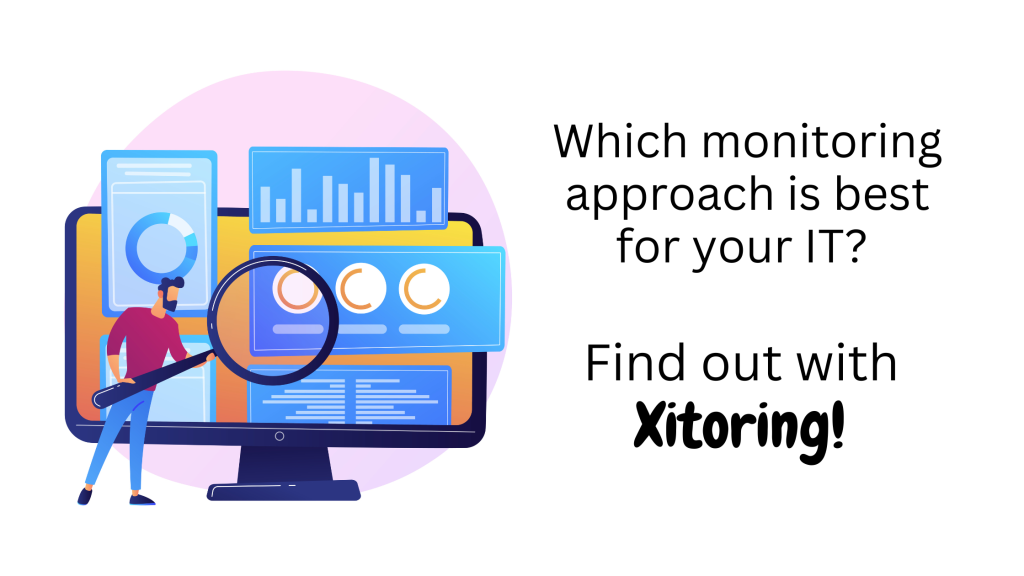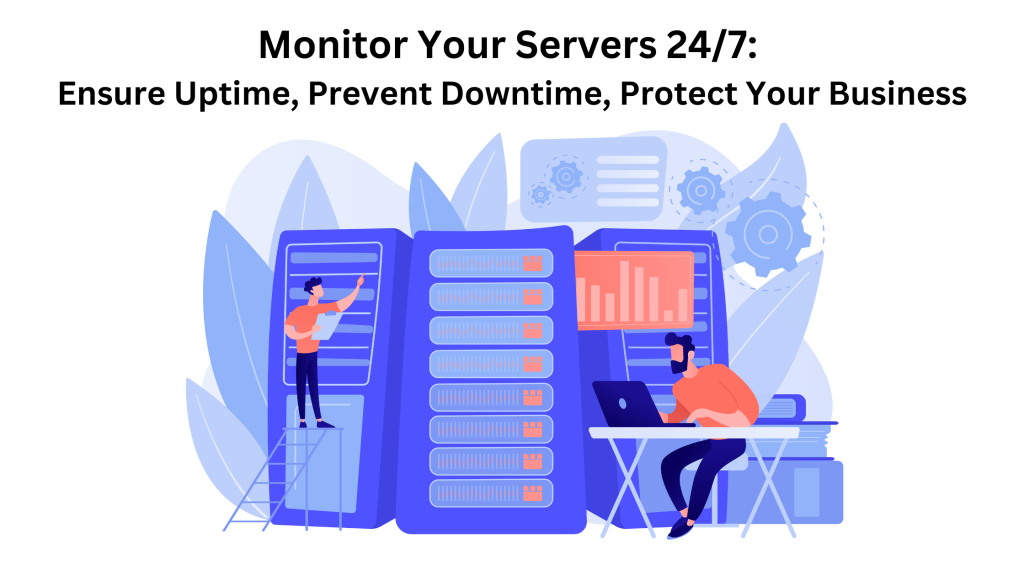Compreender e diagnosticar problemas de rede é fundamental para qualquer organização que use a Internet para interagir com os clientes. O monitoramento de ping e HTTP são recursos importantes para gerentes de rede e webmasters que desejam manter suas redes funcionando sem problemas e corrigir problemas. Cada ferramenta tem uma finalidade distinta, fornecendo informações sobre várias camadas da operação da rede e do aplicativo.
O que é monitoramento de ping?
- O que ele faz: Monitoramento de ping usa o ICMP (Internet Control Message Protocol) para verificar a disponibilidade de um dispositivo de rede (como servidores, roteadores ou switches) na rede. Ele envia um pacote de dados para um endereço IP específico e aguarda uma resposta, medindo o tempo gasto na viagem de ida e volta.
- Objetivo: Seu objetivo principal é verificar a acessibilidade do host e o tempo de ida e volta (RTT) das mensagens enviadas do host de origem para um computador de destino.
- Casos de uso: É amplamente utilizado para a solução de problemas básicos de rede para verificar se um host está funcionando na rede. Ele ajuda a identificar problemas de conectividade de rede e a presença de firewalls ou congestionamento de rede.
- Limitações: O monitoramento de ping não fornece informações sobre o desempenho de protocolos de nível superior (como HTTP) ou problemas específicos de aplicativos. Ele apenas informa se o host pode ser acessado, não se um serviço da Web ou aplicativo está funcionando corretamente.


